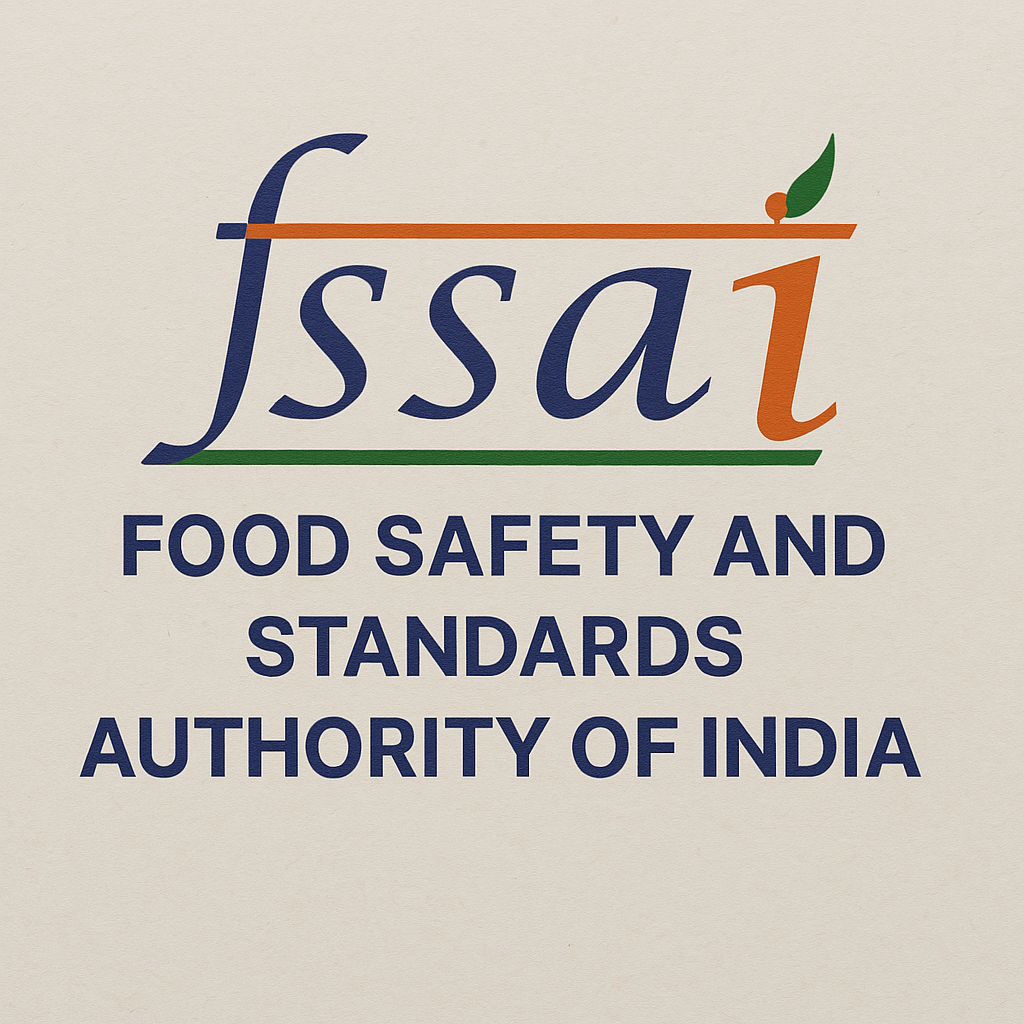
In a significant step towards consumer empowerment and public health safety, the Food Safety and Standards Authority of India (FSSAI) has announced that it will now be mandatory for food companies to display critical nutritional information—such as salt, sugar, and saturated fat—on packaging in large, bold fonts. This move aims to enhance transparency and help consumers make informed choices in a market flooded with processed and packaged food items.
A Journey from Liberalization to Regulation
The roots of this development can be traced back to the economic liberalization of the 1990s. As India opened its doors to foreign businesses, domestic and international companies were able to operate with minimal oversight. Amid the economic turbulence of the era, regulatory frameworks for food safety took a backseat. However, by 2006, the lack of oversight had begun to pose a serious threat to public health. This prompted the government to enact the Food Safety and Standards Act, leading to the creation of the FSSAI—a statutory body charged with ensuring the availability of safe and wholesome food to the Indian population.
The Long Road to Labelling Reform
Seventeen years after its formation, FSSAI is now taking concrete action on labeling standards. The mandate to highlight key nutritional information in bold and prominent fonts marks a long-overdue yet impactful change. Until now, such information was often buried in fine print, making it difficult for average consumers to spot. This reform is expected to particularly benefit those with health concerns such as hypertension, diabetes, or obesity, by providing immediate visibility into the food's nutritional content.
FSSAI Chairperson Apurva Chandra described the change as a landmark step to “empower consumers to truly understand the nutritional value of the products they consume.”
Challenges in Enforcement
Despite these positive developments, enforcement remains a major challenge. A recent incident shared by rail passenger Santosh Singh (Train No. 19305) on social media platform X (formerly Twitter) highlights this gap. Singh posted a video of unauthorized bottled water being sold onboard, in violation of Indian Railways' guidelines that mandate the exclusive sale of RailNeer. Despite multiple complaints, the pantry manager showed indifference, illustrating the need for FSSAI to evolve beyond a regulatory nameplate and become an active force on the ground.
The Role and Responsibility of FSSAI
India's vast population of over 1.4 billion underscores the enormous responsibility shouldered by FSSAI. Ensuring safe food standards in such a large and diverse nation requires a well-oiled mechanism involving not just regulation but robust surveillance and rapid response systems.
Key Functions of FSSAI:
- Setting Standards: Defining norms related to food ingredients, additives, contaminants, and labelling.
- Regulation and Compliance: Monitoring food businesses to ensure adherence to safety standards.
- Licensing and Registration: Authorizing food businesses through formal licensing processes.
- Food Safety Surveillance: Regular inspections and audits to detect violations.
- Product Testing and Analysis: Scientific testing of food samples to ensure compliance.
FSSAI’s recent labelling mandate may have taken time, but it’s a step in the right direction. As India continues to urbanize and the demand for processed foods grows, ensuring that consumers are equipped with accurate, visible nutritional information is more crucial than ever. What remains to be seen is whether these policies are implemented with the urgency and seriousness that public health demands.

